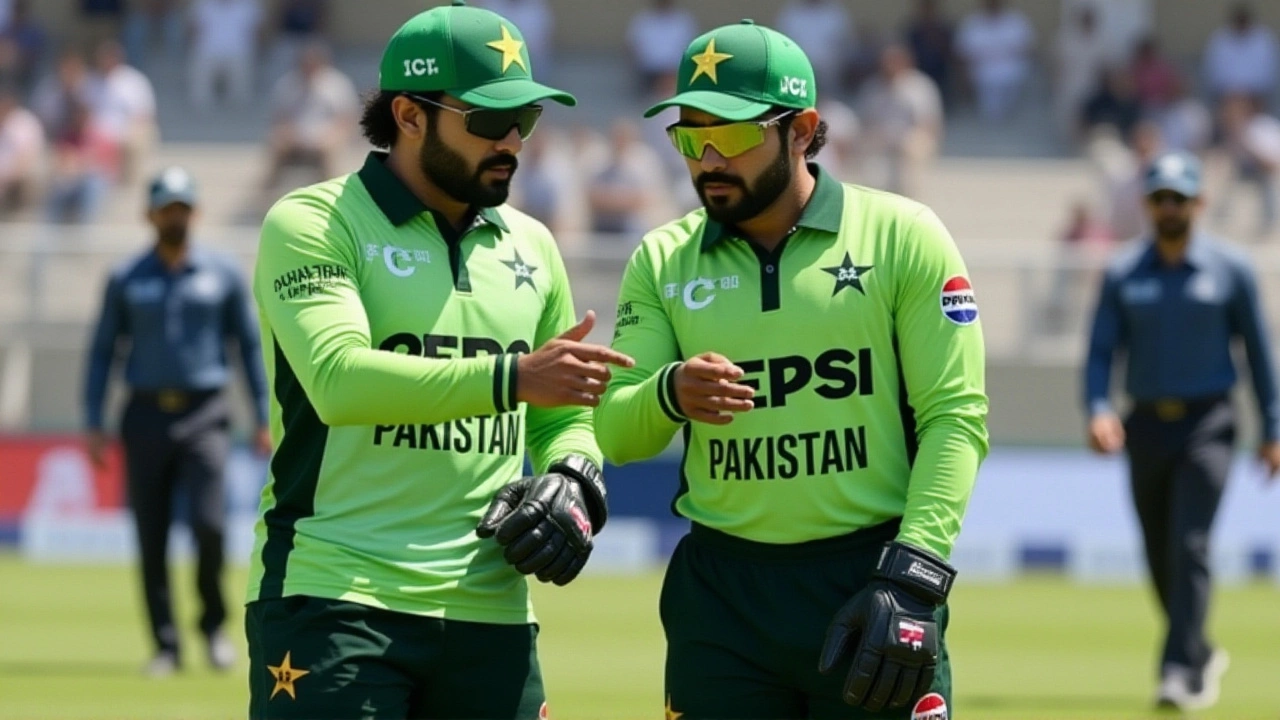Strike Rate in Cricket: How It Shapes the Game
When talking about Strike Rate, the metric that shows how many runs a batter scores per 100 balls faced. Also known as SR, it lets fans and coaches gauge scoring speed at a glance. Cricket the sport where runs, wickets and overs define every contest uses strike rate to balance aggression with risk, especially in limited‑overs formats. The core idea is simple: a higher number means faster scoring, a lower number signals a more defensive approach. This metric becomes the heartbeat of match strategy because every extra run can shift momentum in a tight chase.
Understanding the strike rate is crucial for anyone following modern cricket. Batting the act of facing deliveries and turning them into runs thrives on a high strike rate; players who can keep it above 150 in T20 games often decide the outcome. Bowling the skill of delivering balls to restrict runs and take wickets interacts with strike rate by setting the pace—tight economy forces batters to take more risks, which can boost or bust their strike rates. The T20 format, where each side has just 20 overs, rewards teams with higher strike rates because overs are limited, so every ball counts. Analytics tools measure strike rate to predict match outcomes, and captains use those insights when planning batting orders. In short, Strike Rate calculates runs scored per 100 balls delivered, Cricket batting demands a high strike rate to chase targets quickly, and Bowling economy rate influences strike rate decisions of captains.
What You’ll Find Below
The articles below dive into real‑world examples where strike rate made headlines: a yellow‑alert rain forecast that paused a match in Jamshedpur, a Paralympic archer’s near‑record performance, and key T20 World Cup games where Pakistan, England and Australia fought over the best strike rates. You’ll also see how social media algorithms can affect cricket content reach, and why the ICC schedule matters for players trying to maintain peak strike rates across continents. This mix of match analysis, player stories and broader context gives a full picture of how strike rate drives decisions on and off the field. Keep reading to see the numbers, the tactics and the moments that show why strike rate matters so much in today’s fast‑paced cricket landscape.
